Bananas are a fruit instantly recognizable to just about anyone, anywhere in the world. Yet they grow only in tropical and subtropical areas.
So how is it that grocery stores in temperate zones the world over manage to offer piles and piles of them year-round for 10 cents or less per fruit?
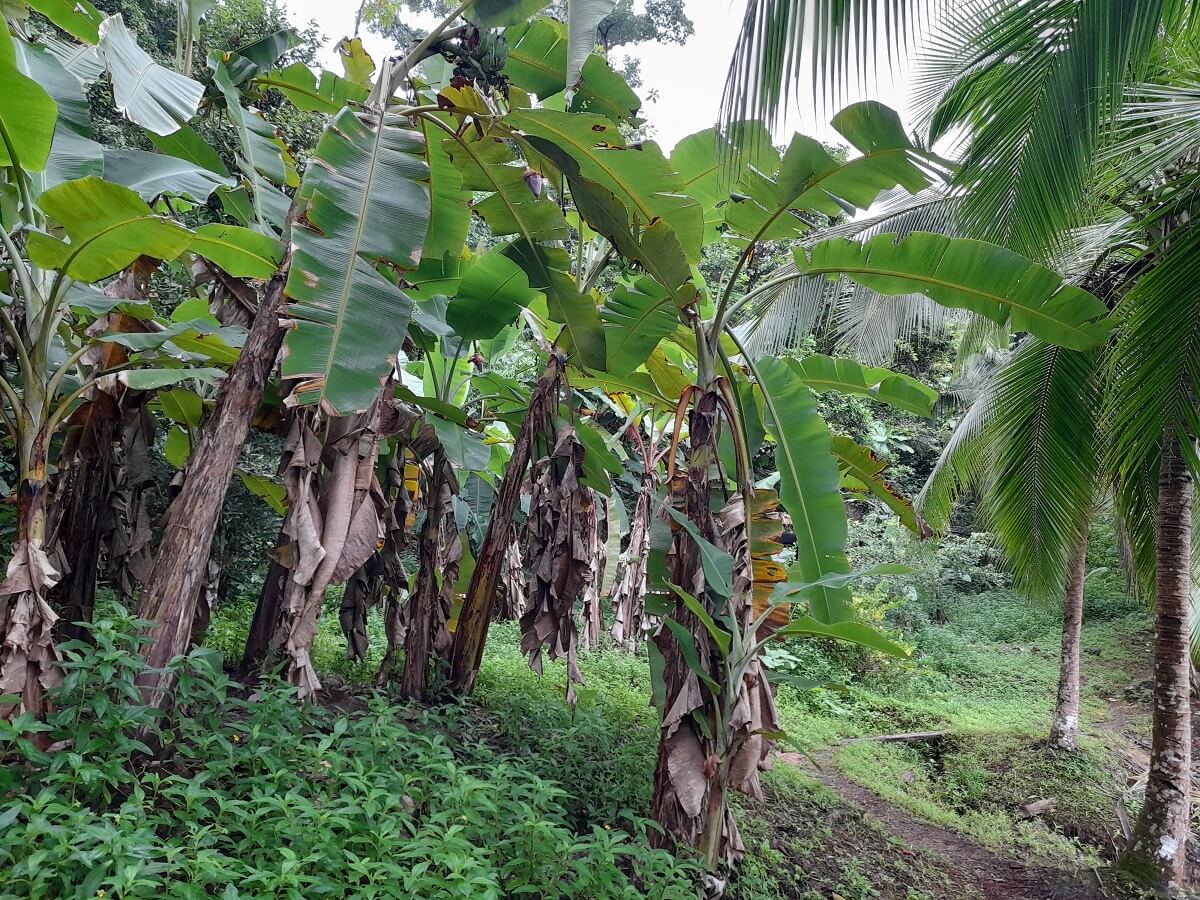
Though part of the answer has to do with less-than-stellar working conditions for the harvesters in commercial plantations, a key factor is the sheer ease of obtaining harvests in the realm of 25 to 100 pounds from a single banana plant. That’s right — potentially 100 pounds from one, very low-maintenance plant. That harvest is within reach of the backyard grower, too.
With a few tips you can start adding banana plants to a tropical or subtropical homestead — or dramatically improve the yield for plants you already have. Read on to learn more about growing bananas on your tropical homestead.
Know the Right Conditions for Growing Bananas
Knowing the preferences of banana plants is an important detail to consider when it comes to growing bananas. The right conditions will turn what could be a frustrating endeavor of trying to coax your banana plants into fruiting, into an effortless, sit-back-and-wait harvest.
Climate Conditions for Growing Bananas
Bananas are originally from the tropical areas of Oceania and Southeast Asia, and as such, they’re big fans of year-round warmth and moisture. They thrive throughout the world’s tropics and can produce well in subtropical zones but will not produce in areas with extremely hot, dry summers or freezing winters.
Water Conditions for Growing Bananas
These are thirsty plants with high water requirements, so if your area lacks consistent, heavy rains, you’ll have to get water to them yourself. It’s a common practice on tropical homesteads to plant groves of bananas in areas where water naturally pools, such as at the bottom of sloping hillsides or graywater drainage areas.
Soil Conditions for Growing Bananas
In terms of soil requirements, bananas prefer rich, nutrient-dense soils with a slightly acidic soil pH (in the range of 5.5 to 6.5). They appreciate the regular addition of compost to the soil, as well as offerings of aged chicken manure, worm castings, and the like.
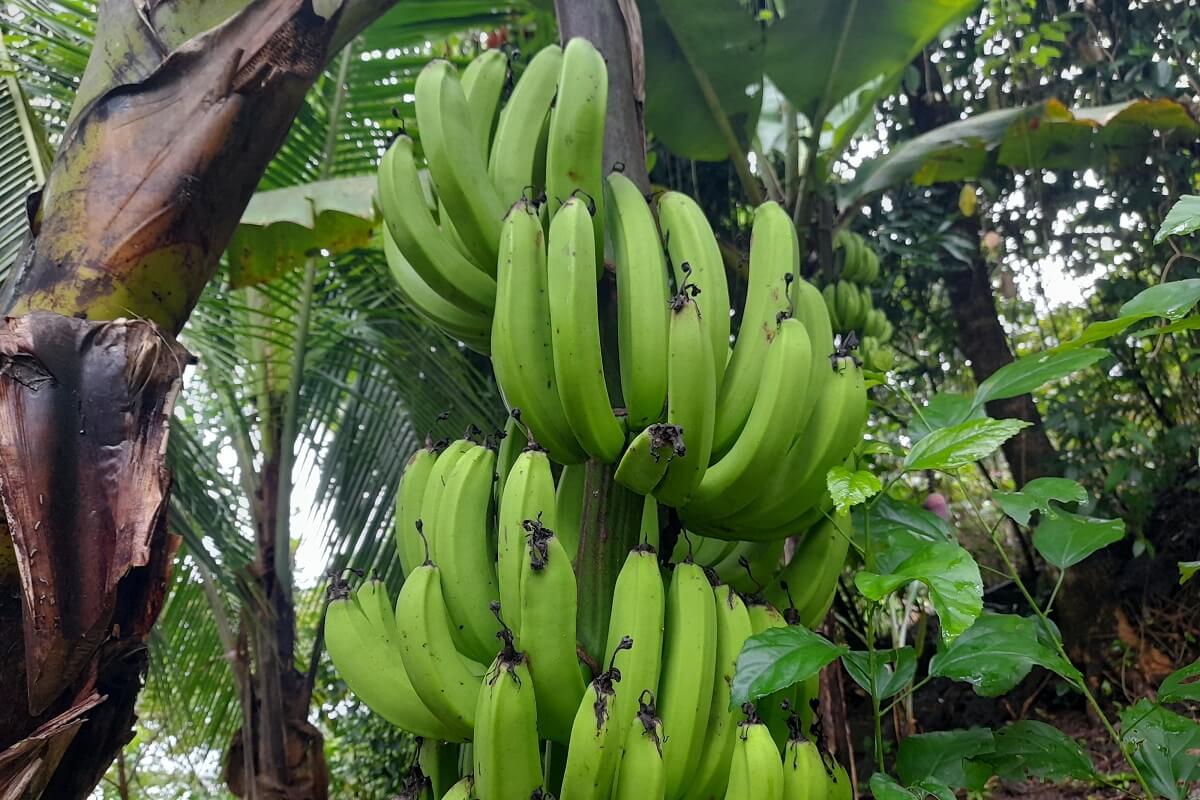
That said, many a tropical homesteader (myself included) grows bananas in unimproved, hard rainforest soils with no additional nutrients other than those provided by last season’s banana plants (more on that later).
Space Requirement for Growing Bananas
Bananas like to grow in groups. Growing many banana plants together offers them reduced wind exposure and lets many plants benefit from the same added nutrients. One popular method is to plant bananas in rings or circles around a central depression where nutrients and water are collected. Bananas grow fine in either full or partial sun, so there’s no worry of them shading out each other.
What to Expect From the Growth Period
If you’re just establishing a banana plant, expect to have your first harvest in about a year and a half. After this initial longer wait, harvests become a yearly affair. The plant must first reach its mature size, which is dependent on the variety you’re growing, before producing a stalk of flowers and fruits.
Experienced banana growers know when their plants are about to fruit by looking for a “flag leaf.” This is the last leaf a banana plant will produce before fruiting, and it’s about half the size of the regular leaves. Once you spot the flag leaf, you know a bunch of bananas is imminent.
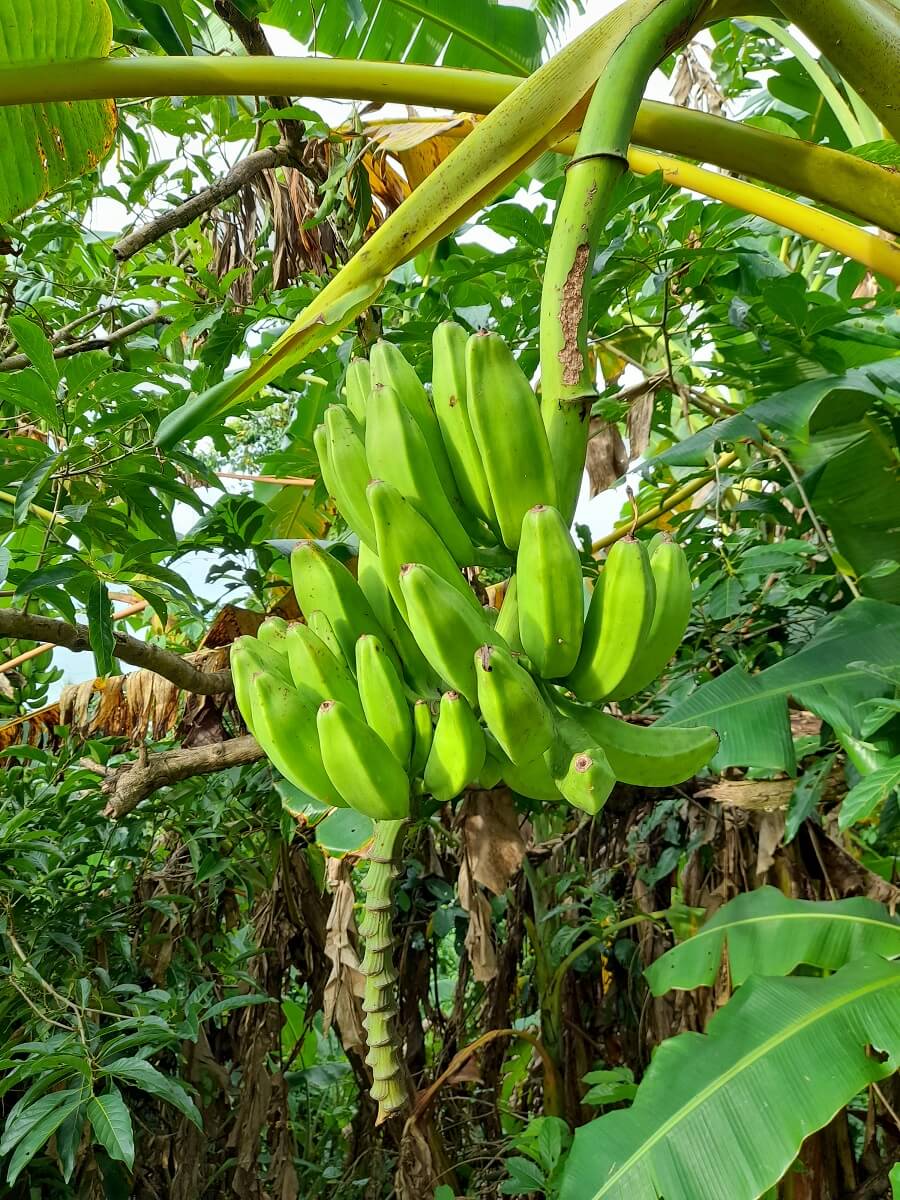
This is how it unfolds: First, you’ll see the stalk curling downward, ending in odd-looking purple leaf bracts (often mistaken for flowers). As they unfurl over the course of a few days, these bracts reveal the true. little white flowers which drop off without pollination occurring.
Related Post: Tropical Homesteading: How To Harvest Coconut for Fresh Water and Meat
A hand of tiny, green bananas grows in their place. This process repeats down the stalk until you have a seriously impressive amount of baby bananas.
When to Harvest Bananas
Bananas are typically harvested after about two months while still green, even in a homesteading situation. After harvesting a few bunches you’ll know what size to harvest, but other signs that indicate readiness include:
- The bananas become less angular and more rounded.
- The old flower at the end of each fruit is easy to brush off.
- There is a large gap between the lowest bananas on the stalk and the remaining bract layers (the dark purple flower).
Once they’re ready, chop the stalk down and hang it to mature in a predator-free space — inside your kitchen is a safe bet, as is a reasonably sealed shed.
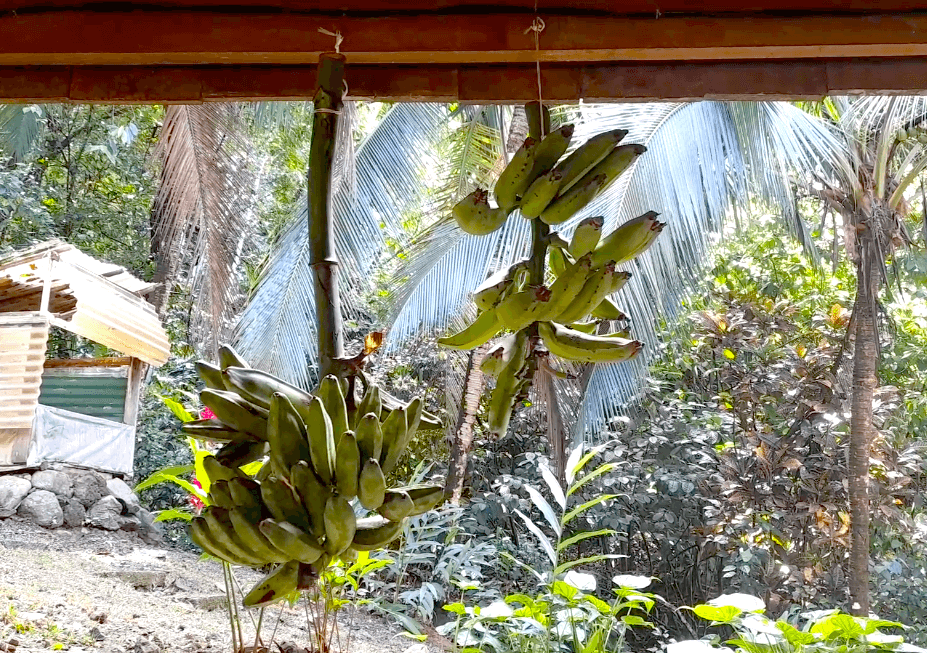
Hanging the stalk allows air to circulate and more importantly, avoids bruising the bottom bananas bearing the weight of a stalk when laid on a tabletop. Alternatively, you can cut the bunch into separate hands and lay them on a flat surface while they ripen.
Strange, but Important, Post-Harvest Banana Plant Care
Here’s the really odd part about growing bananas. Every plant fruits once and only once. After you cut the bunch of bananas, you’ll want to hack the rest of the plant back to near ground level.
Not to worry, though, because chances are you’ve already spied one or more suckers (yes, banana plant shoots are really called that) growing near the base of the mature plant. Those suckers come from the same rhizomes as the original plant, and one of them will give you another harvest in 12 months.
Related Post: 15 Weird and Wonderful Tropical Fruit Trees for Tropical Homesteads
As for disposing of that old plant? The best thing you can do for the suckers is to chop them into small pieces — trunk, leaves, all of it — and lay the pieces around the base of the new generation plants. It’ll break down and slowly provide those new plants with nutrients.
Ripening Bananas
Your freshly-cut bunch of bananas will ripen naturally anywhere from a few days to two weeks after harvest (and once they start, they all ripen over the course of a few days, so be prepared for sudden abundance).
If you tire of eating copious amounts of fresh bananas, consider freezing them for later use in desserts, dehydrating them in the oven, or diversifying your palate with fresh homemade banana bread, vegan ice cream, banana muffins, or a favorite go-to banana recipe.
Propagating More Banana Plants
If you’d like to enjoy more organic homegrown bananas next year (or gift a plant to a friend or neighbor), it’s not a matter of saving seed (bananas have none) but of transplanting a sucker.
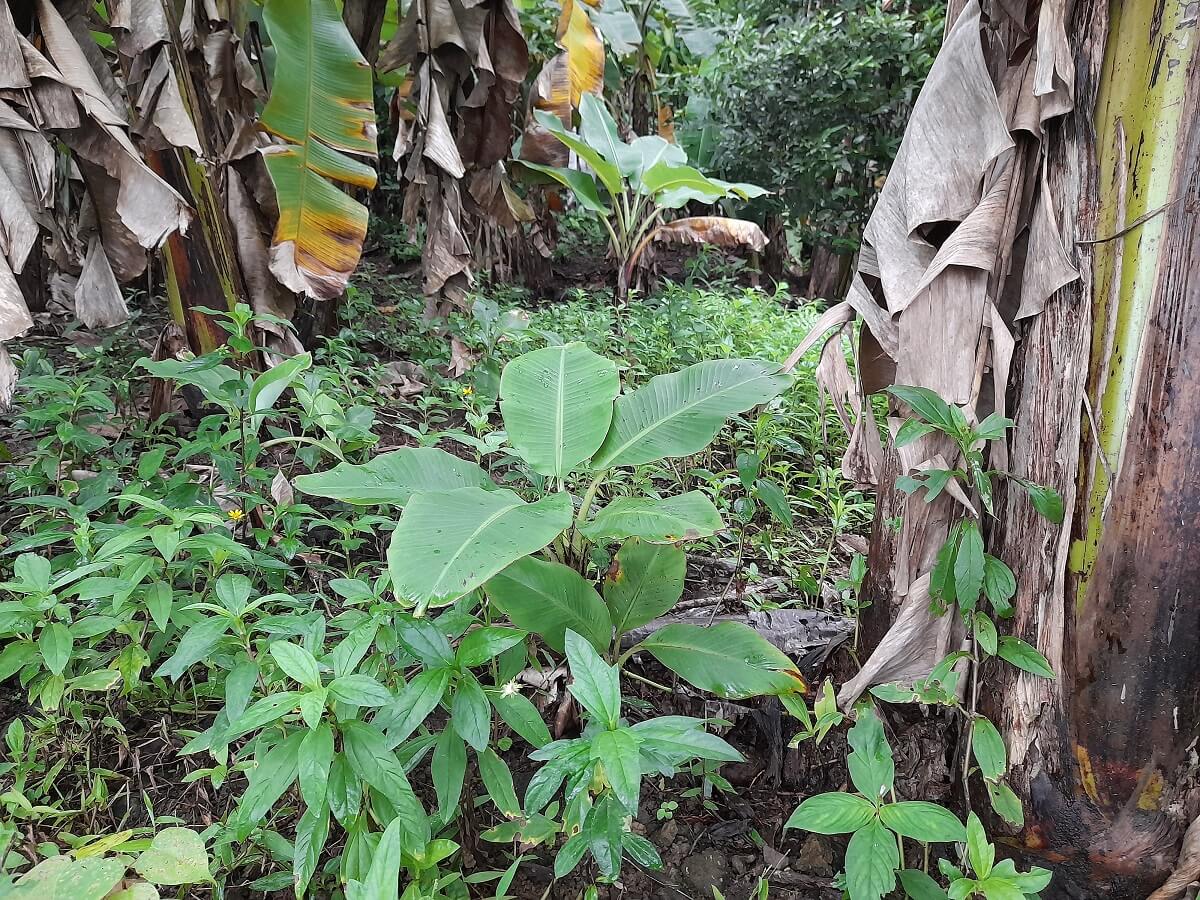
Choose a place in your plantation where two or more suckers are competing for space (usually those that come from the same underground rhizome). Dig one up, taking a small portion of the rhizome with it, and move it to the desired spot. Job well done!


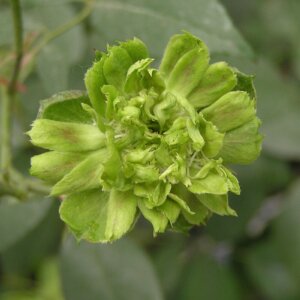
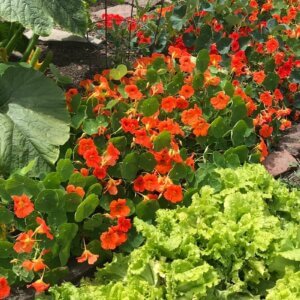


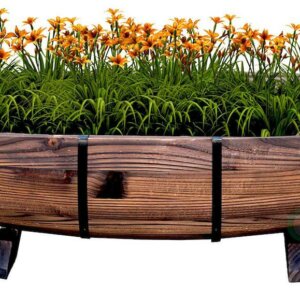




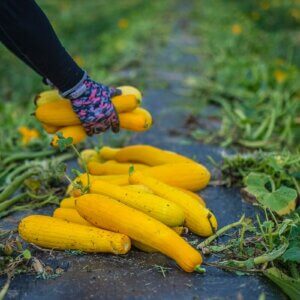

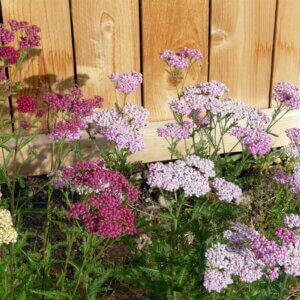






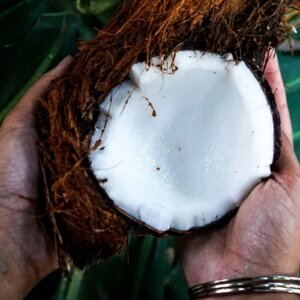
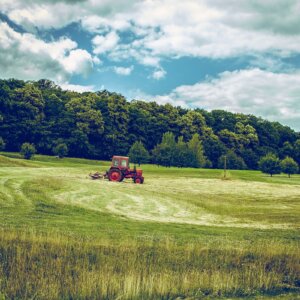


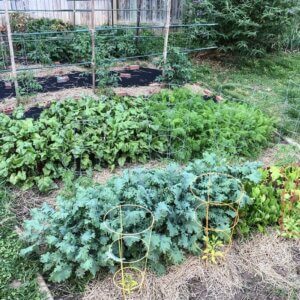

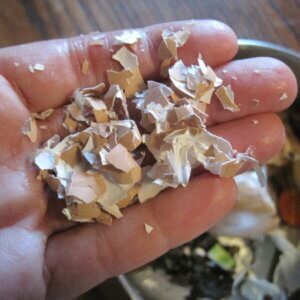




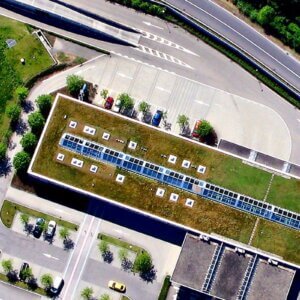

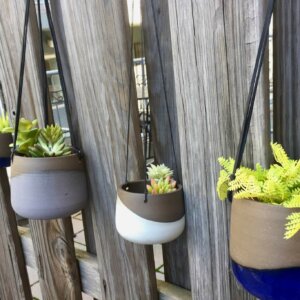
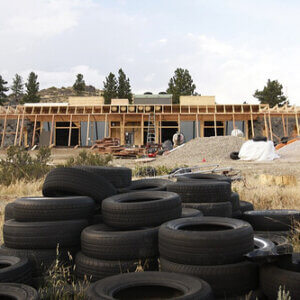
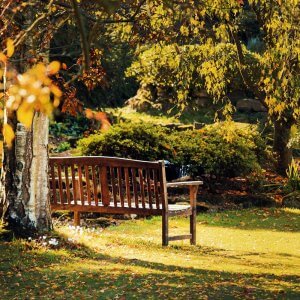




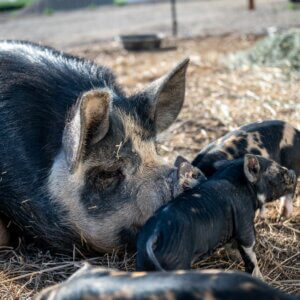
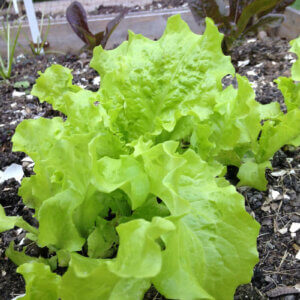
Very Nice piece 👍 keep up the good work 👍